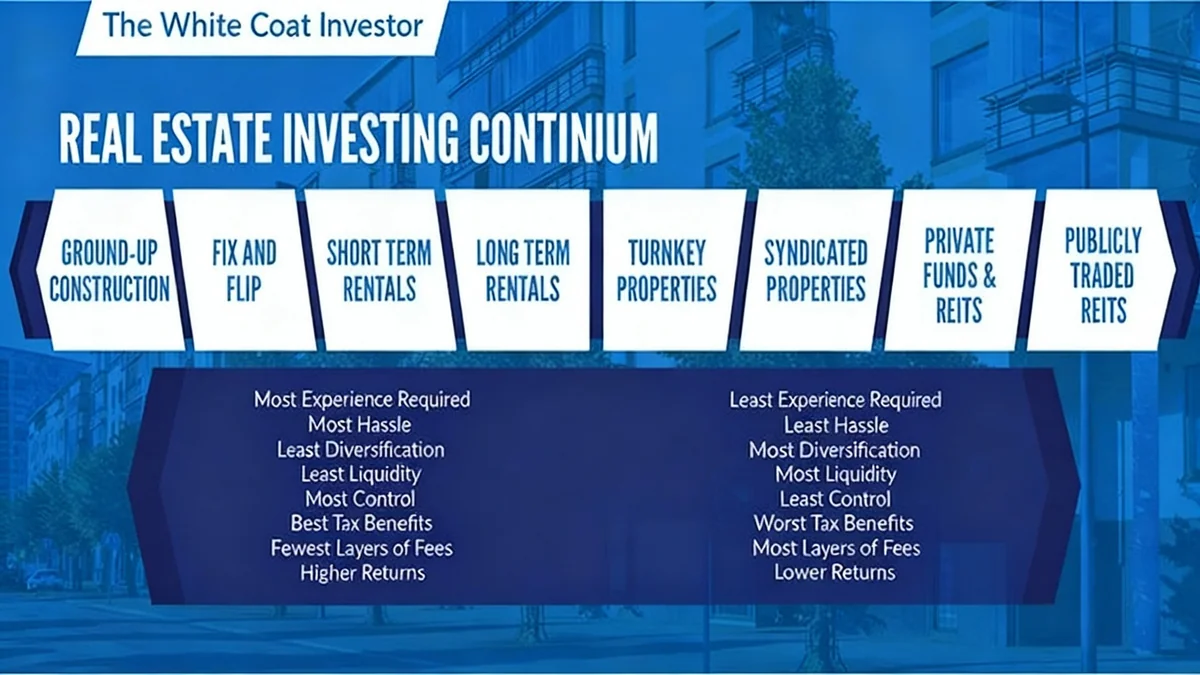The Ohio Public Employees Retirement System (Ohio PERS) has significantly increased its core real estate investments, committing a total of $1 billion across three new fund relationships. This strategic move aims to capitalize on what the pension fund identifies as a compelling entry point into the real estate market following a period of valuation adjustments.
Key Takeaways
- Ohio PERS committed $1 billion to core real estate.
- Investments were made across three new fund managers.
- The pension fund sees current market conditions as favorable for entry.
- Additional commitments were made to opportunistic and non-core real estate.
- A $600 million separate account was transferred to Principal Real Estate Investors.
Strategic Core Real Estate Investments
Ohio PERS allocated its $1 billion commitment across three distinct funds. The largest portion, $500 million, was directed to the IDR ODCE Index Fund. This investment reflects a focus on core properties, which typically offer stable income and lower risk.
An additional $300 million was committed to the Invesco US Income Fund. The remaining $200 million was allocated to the BGO US Core Plus Fund. These investments expand Ohio PERS's exposure to diverse segments within the core and core-plus real estate categories.
“The core index seems to be at or close to the bottom. There has been a massive reduction in value over the last two years combined with significant debt paydowns and restructures,” Ohio PERS stated regarding its investment rationale. “Combined with the lack of core/core-plus capital, we think the timing is compelling for an entry into this segment.”
Investment Breakdown
- IDR ODCE Index Fund: $500 million
- Invesco US Income Fund: $300 million
- BGO US Core Plus Fund: $200 million
Market Timing and Opportunities
The pension fund's decision to invest at this time is based on its assessment of the market. Ohio PERS believes that core real estate values have bottomed out after a two-year period of decline. This viewpoint suggests a belief that property values are poised for recovery or stabilization.
Furthermore, the pension fund highlighted significant debt reductions and restructures within the sector. These actions can improve the financial health of real estate assets. A perceived lack of available capital for core and core-plus segments also influenced the timing of these new commitments.
Opportunistic and Non-Core Allocations
Beyond its core real estate strategy, Ohio PERS also made significant commitments to opportunistic real estate. These investments target higher-risk, higher-reward properties or strategies. The pension fund committed $200 million to Affinius Tactical Partners IV.
Another $150 million was allocated to Mavik Real Estate Special Opportunities Fund II. According to a filing with the US Securities and Exchange Commission (SEC), the Affinius Capital fund had already raised $721 million by August. Mavik Capital Management is actively seeking to raise $515 million for its fund. This fund plans to invest in various property types, including mixed-use developments, hotels, and retail spaces.
Understanding Opportunistic Real Estate
Opportunistic real estate investments typically involve properties that require significant redevelopment, repositioning, or are in distressed situations. They often carry higher risk but offer the potential for substantial returns if managed successfully. These strategies contrast with core investments, which focus on stable, income-producing properties in established markets.
In addition to these opportunistic funds, Ohio PERS committed $200 million to the Sculptor Real Estate Fund V. This fund is categorized as a non-core investment, indicating it falls outside the traditional core property definitions and may involve a broader range of strategies or asset types.
New Separate Account and Account Transfer
Ohio PERS established a new US real estate separate account with The Wolff Company. This new account received an initial commitment of $150 million. Its purpose is to target multifamily debt and equity, ranging from core-plus to opportunistic strategies. This flexibility allows the pension fund to pursue various investment opportunities within the multifamily sector.
The pension fund also undertook a significant transfer of an existing real estate account. A $600 million opportunistic real estate separate account was moved from Fillmore Capital Partners to Principal Real Estate Investors. This decision was strategic.
Ohio PERS explained that the largest asset within the transferred separate account was an investment in a real estate operating company (REOC). The pension fund sought a manager with specialized expertise in REOCs. Principal Real Estate Investors was selected for its specific focus in this area, ensuring the account would be managed by a firm aligned with its unique asset composition.
- New Separate Account: The Wolff Company, $150 million for multifamily debt and equity.
- Account Transfer: $600 million opportunistic account moved from Fillmore Capital Partners to Principal Real Estate Investors.
These actions demonstrate a comprehensive and active approach by Ohio PERS to manage and expand its real estate investment portfolio. The fund is balancing core stability with opportunistic growth, while also ensuring specialized management for complex assets.
The total new commitments and account transfers reflect a proactive strategy to navigate the current real estate market. The focus remains on generating strong returns for public employees' retirement savings.





